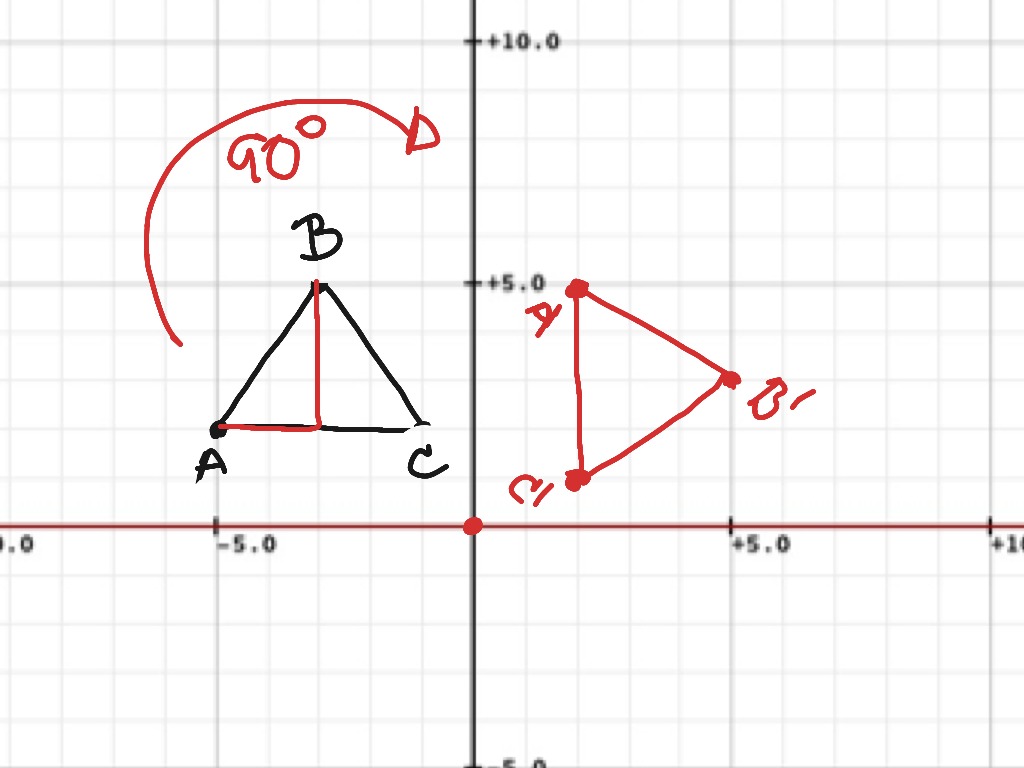

Point Q belongs to side AB of square ABCD. Which of the following are necessary to describe a rotation of a figure on a coordinate plane? choose all that apply the center of rotation the shape of the figure the number of degrees of the rotation the direction of the rotation What is the length of the path the laser takes? The laser reflects off the sides of the square, until it hits another vertex, at which point it stops. G, I, J 2.Use the diagram to identify a segment parallel toĪ laser is shot from vertex A of square ABCD of side length 1, towards point P on BC so that BP = 3/4. The other line goes through points G, I, and K. my teacher says the answers were the vertex was (-1,3) the Axis of symmtry was X=-1 the P isġ.Which is a set of collinear points? Two lines intersect at point H. on the graph it has P at (-2,4) and a point at Q at (-1,7).

Identify points corresponding to P and Q. Identify the vertex and axis of symetry of the parabola. You board the Ferris wheel at the 6 o'clock position and rotate counter-clockwise. The bottom of the Ferris wheel sits 0.7 feet above the ground. A Ferris wheel has a radius of 37.8 feet. a clockwise rotation of 90 degrees andĬan someone help me with this problem.

* Select all the sequences of transformation that could be applied to to triangle MNO so that triangle MNO ≅ M'N'O (3 answers) A. Which of the following are necessary to describe a rotation of a figure on a coordinate plane ? A.the center of rotation B.the shape of the figure C.the number on of degrees of the rotation D.the direction of the rotation Is the answers A and C? thank youĪ sequence of transformations is applied to triangle MNO to create triangle M'N'O'. What is the ratio of the height of the model to the height of the actual Sears Tower? A. The Sears Tower in Chicago is 1,450 feet tall. Write an equation of an ellipse in standard form with center at the origin and with the given vertex and co-vertex vertex at (-3,0) and co-vertex at (0.2)ģ.7.1 - Test: Similarity Unit Test Part 1 Q1. I hope that helps a bit more, I feel like my explanation was insufficient. In the other direction, it would have turned into (-2,-1). For example, (1,2) rotated 90° counterclockwise (going from 1st to 2nd quadrant) will turn into (-2,1). So for any (a,b), in which they are both positive (meaning the point is in the first quadrant), you can just change the signs into whatever signs the next quadrant has when the rotations are 90° angles, and invert the numbers.

Its a really simple thing when there are no zeros in the point's coordinate. Maybe draw lines to them from the origin and see the angles that are formed. Plot those points and see what they look like. Another such rotation,it would end up at (-1,0), another one at (0,1), and a 4th one would bring it back to (1,0). Say you have point (1,0), and you rotate it 90° clockwise around the origin. So I'm gonna assume you know clockwise and counterclockwise, I would hope.
#90 DEGREE CLOCKWISE ROTATION HOW TO#
You wanna know how to solve mathematicaly. Don't do the string thing, it's not practical.


 0 kommentar(er)
0 kommentar(er)
